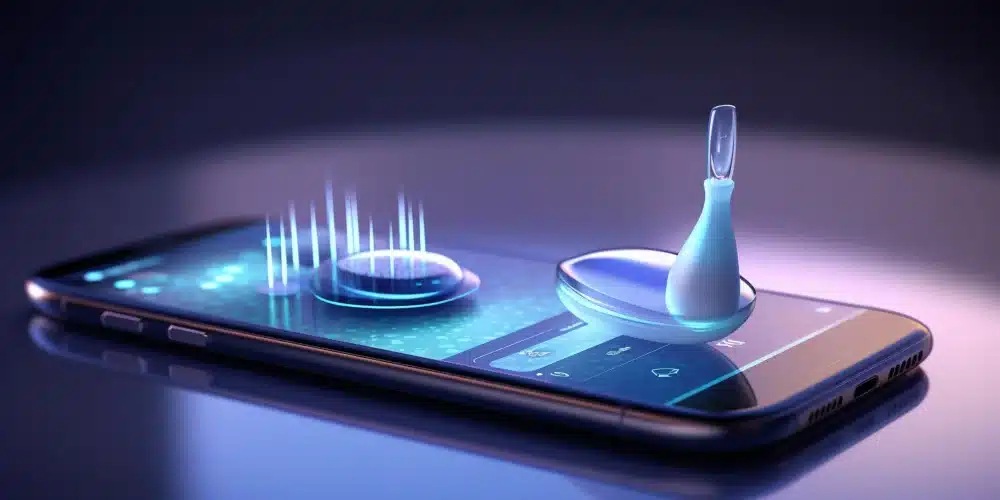Voice Interactions
Explore the Intricacies of Voice Interactions

Voice interaction technology allows people to communicate using spoken language with devices or software applications. This technology is a modern user interface, allowing hands-free operation and providing accessibility for users who may have difficulty with traditional input methods. The whole method that allows this technology to be in our lives is a complex step-by-step method that is behind the “Hey Siri and Hey Google” experience.
Voice Recognition
These tools need some steps to make it work, and the first step is where the system identifies that sound is present and begins to process it this involves picking out human speech from background noise.
Speech Recognition
Once the voice is detected, the system needs to transcribe the spoken words into text. This process, known as speech recognition or speech-to-text, involves complex algorithms and machine learning models trained on vast datasets of spoken language. These models analyse the audio waveforms to identify phonemes (the smallest sound units in a language) and gather these into recognisable words and sentences.
Processing
After speech is converted to text, the system must understand the meaning of the words in context. Natural Language Processing (NLP) techniques are used to analyse the syntax (structure) and semantics (meaning) of the text. This step develops and studies the user’s intent from their spoken commands or queries, which requires understanding the nuances of language, including grammar, idioms, and variations in dialect or accent.
Understanding
This is a bit more specific to the system trying to get what you are trying to tell for with your words. It’s like when someone says, “Can you pass the salt?” at the dinner table, and you know they’re not just making conversation about salt. The system learns to pick up on these cues to figure out what action you want it to take, so NLP, Natural Language Understanding, focuses on comprehending the intent behind the user’s words. NLU systems are designed to recognise a wide range of commands and queries, even when phrased in different ways. This involves mapping the transcribed text to specific actions or responses the system can execute or provide.
Conversation
When the system has something to say, it turns its written response back into speech. This way, it can talk to you just like a person would complete with the right tone and emphasis to make sense it means it converts text responses into spoken words using Text-to-Speech technology. TTS systems generate natural-sounding speech from text, including proper intonation and emphasis based on the context of the conversation.

Who’s talking?
Some super smart systems can even recognise who’s talking to them by the sound of their voice. This is great for keeping things personal and secure, like making sure only you can access your messages or favourite tunes, and this adds a layer of security to voice interactions, allowing personalised responses or access to secure information.
Applications
Voice interaction technology is used in various applications, and virtual assistants (like Siri, Alexa, and Google Assistant), voice-controlled smart home devices, hands-free systems in vehicles, accessibility tools for those with disabilities, and many others.

Challenges Of The Future
While it’s come a long way, there’s still a bit to go. The tech isn’t perfect at dealing with strong accents or noisy places, and keeping things private is always a priority. The goal is to make these systems even better at understanding us and fitting into our lives seamlessly.
Let's turn your idea into a memorable event!
We’re all about making great ideas come to life and creating unforgettable experiences. So, why wait? Drop us a line, share your vision, and let’s collaborate to make your idea the next big thing. Ready to make it happen? We’re just a message away!
Ready for your next event? Get in touch today!
Schedule your call on our calendar and book a time slot with one of our Project Managers who will answer all of your doubts.

